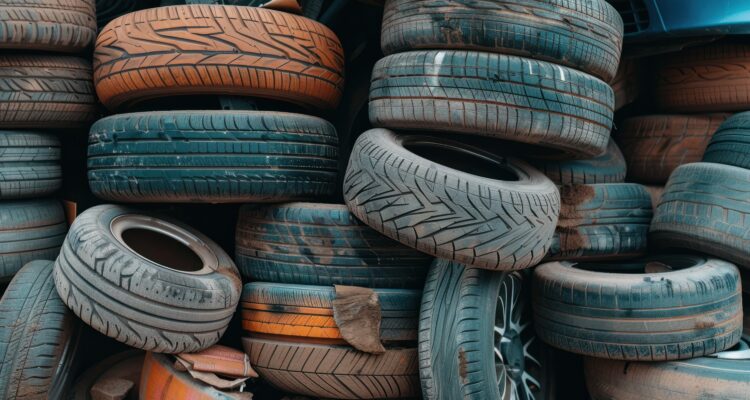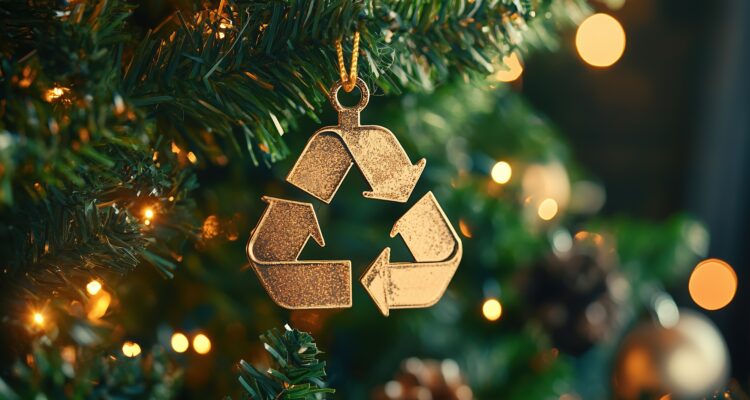Here at Vavista, we’re committed to promoting eco-friendly practices, and one way to contribute to a greener planet is by recycling and reusing car parts!
Not only does this help reduce waste, conserves valuable resources, it can even save you money. You’re probably wondering how to get started and which parts you can reuse or recycle.
IMPORTANT NOTICE: Always make sure that you recycle and reuse car parts responsibly. Only use reputable, licensed dealers and registered waste disposal companies to guarantee safety, legality, and environmental responsibility. Avoid unverified sources to protect yourself and the environment.
Read on to find out how to properly recycle and reuse car parts.
4 Reasons to Recycle and Reuse Car Parts
It may seem like extra effort, but there are lots of good reasons to recycle and reuse car parts…
- Environmental Benefits: Recycling car parts helps reduce the amount of waste that ends up in landfills. Steel can take up to 50 years to decompose, while aluminium can last up to 200 years. By recycling, we can significantly cut down on this waste.
- Resource Conservation: Manufacturing new car parts requires substantial raw materials and energy. Recycling conserves these resources by reusing existing materials, significantly reducing the need for new production. For example, recycling steel saves about 74% of the energy needed for new steel, while recycling aluminium saves up to 95% [1].
- Economic Savings: Recycled car parts are often more affordable than new ones. This can lead to significant savings for car owners, especially when it comes to expensive components like engines and transmissions.
- Reduction of Pollution: Manufacturing new car parts produces emissions and pollutants. Recycling can minimise these impacts by reducing the need for new car parts. For example, recycling one tonne of steel saves 1.5 tonnes of CO2 emissions, significantly reducing the carbon footprint [1].

Which Car Parts Can Be Reused or Recycled?
- Engines and Engine Parts: You can refurbish and reuse engines, or recycle their components for materials. For example, if a car’s CAM belt breaks, it often needs a whole new engine, which you can source from another vehicle.
- Batteries: Car batteries are highly recyclable. Plus, they contain lead and acid, which can be hazardous if not disposed of properly. Check out our blog on how to recycle electrical goods for more information.
- Tyres: You can treat tyres for reuse or recycle them into products like playground surfaces. People can also use “part worn tyres” instead of putting brand new ones when they need replacing.
- Metal Components: You can melt down and reuse parts like the chassis, doors, and other metal components. For example, you can transfer doors to a new vehicle that has a dent or scratch that can’t be fixed.
- Plastics: You can often recycle dashboards and other plastic parts into new plastic products if you dispose of them properly.
- Catalytic Converters: These contain rare precious metals, such as platinum, palladium, and rhodium, which you can extract and reuse.
- Mirrors and Lights: You can often use side mirrors and headlights in other vehicles if they are in good condition.
- Seats and Upholstery: With a good clean, you can reuse seats and headrests in other vehicles that have had these parts damaged or soiled.

Tips for Recycling and Reusing Car Parts
- Find a Certified Recycler and Dispose of Hazardous Materials Responsibly: Some car parts, like batteries and fluids, contain hazardous materials that require special handling. Make sure to dispose of these items at designated facilities to prevent environmental contamination.It’s important to work with certified recycling facilities that follow proper environmental and safety standards. Look for recyclers certified by the Vehicle Recyclers Association (VRA). VRA Certification means that vehicle recyclers conform to the ‘UK Standard for Reclaimed Parts from End-of-Life Vehicles’.Many local councils offer hazardous waste disposal services. You can find out if your council provides this service by visiting the GOV.UK website and entering your postcode. Veolia operates hazardous landfill facilities across the UK and offers hazardous waste management services.
- Sell Usable Parts: If your car parts are still in good condition, consider selling them on sites like Ebay or head to an ‘autojumble’ – a jumble sale for car parts! This not only helps others but also keeps usable parts out of landfills. You can also just scrap your entire car and these companies will do the recycling and reusing for you.
- Upcycling and Repurposing: Get creative with old car parts! Many people have found innovative ways to repurpose car components into furniture, art, and other useful items. This not only gives new life to old parts but also adds a unique touch to your home or workspace.

Recycling car parts is a simple way to contribute to a more sustainable future. By taking the time to recycle and reuse, we can help reduce waste, conserve resources, and protect our environment.
If you enjoyed this blog, check out How to Recycle Electrical Items.
Get your car insurance quote today!
[1] Recycling and Reusing Car Parts: A Sustainable Approach – Ecopart Vehicle Dismantlers
Disclaimer: Articles are for general information only – customers should always seek their own independent advice. Vavista is not affiliated with the organisations/businesses mentioned and does not recommend or endorse any of the included products or services. For more information, click here.



